Rock pillars and spires shaped by erosion stand as natural monuments across various locations worldwide. These geological structures, known as hoodoos, display different colors and shapes based on their mineral composition and environmental conditions. From the red rocks of Utah to the limestone formations of Turkey, these sites present geological formations created over millions of years through wind and water erosion.
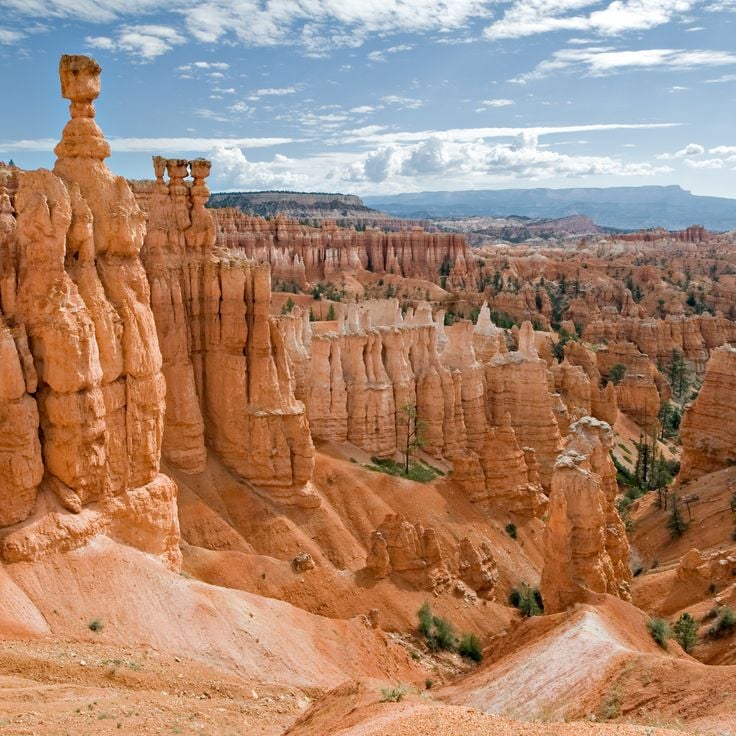
Utah, USA
This national park contains over 35,000 stone spires created by frost and stream erosion of sedimentary rocks over millions of years.
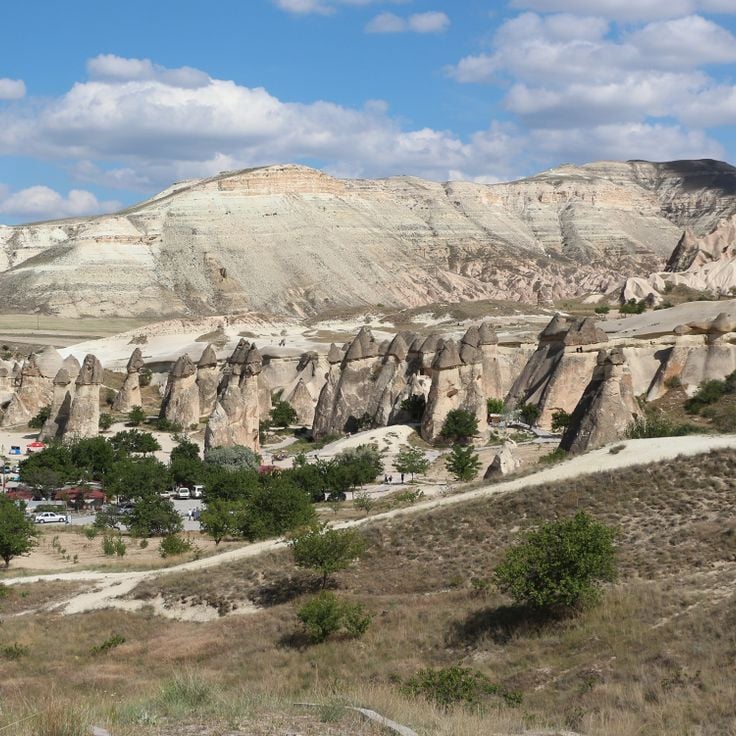
Cappadocia, Turkey
These tall rock formations resulted from volcanic ash erosion, with harder rock caps protecting softer rock beneath, creating cone shapes.
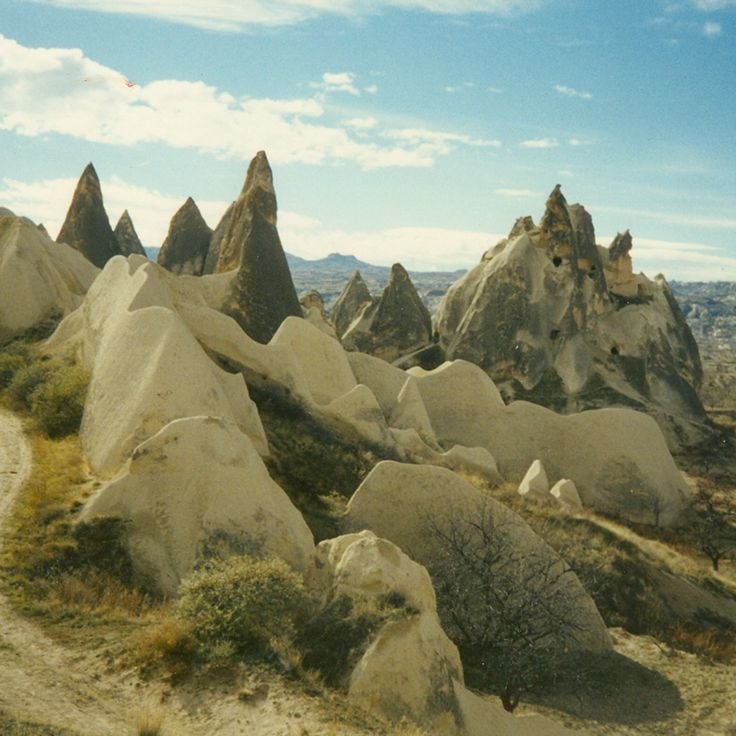
Nevşehir, Turkey
This geological site features rock formations shaped by ancient volcanic activity and erosion, with caves used as houses and churches since Roman times.
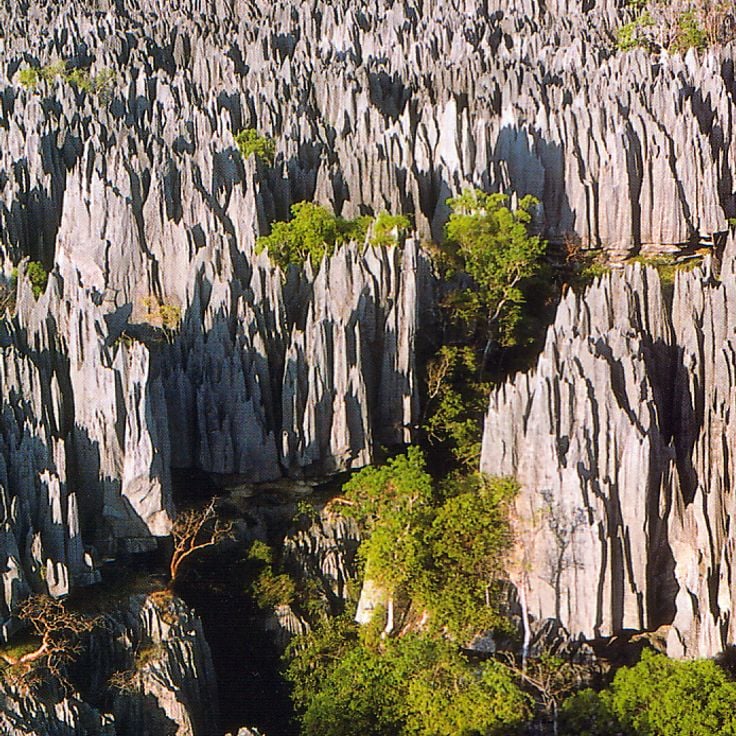
Melaky, Madagascar
This reserve contains a network of limestone pinnacles formed by groundwater erosion, creating sharp vertical rocks that extend across 600 square kilometers.

Alberta, Canada
Natural stone columns rising from the prairie floor, shaped by wind and water erosion over millions of years.

Vidin Province, Bulgaria
Red sandstone and limestone formations rising up to 200 meters high, shaped over 230 million years by natural forces.
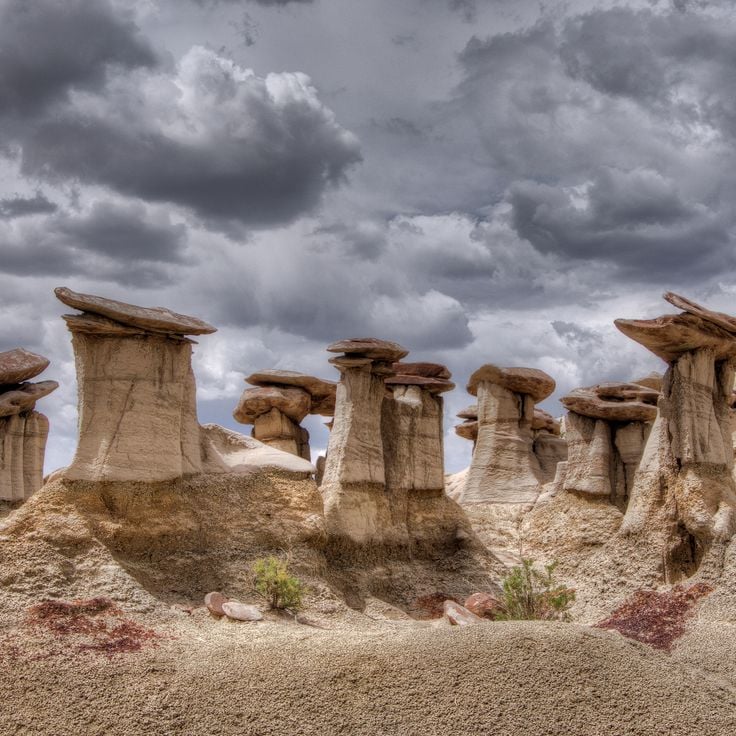
New Mexico, USA
Desert badlands with eroded rock spires, fossil beds, and petrified wood scattered across 6,563 acres of public land.
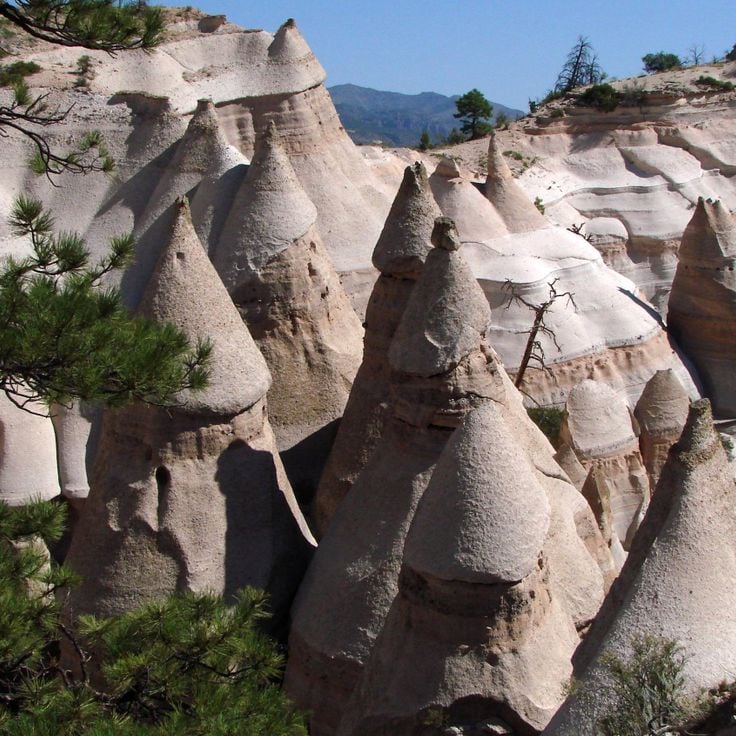
New Mexico, USA
Layered rock formations created by volcanic deposits from eruptions 6 to 7 million years ago, with stone caps protecting softer pumice.
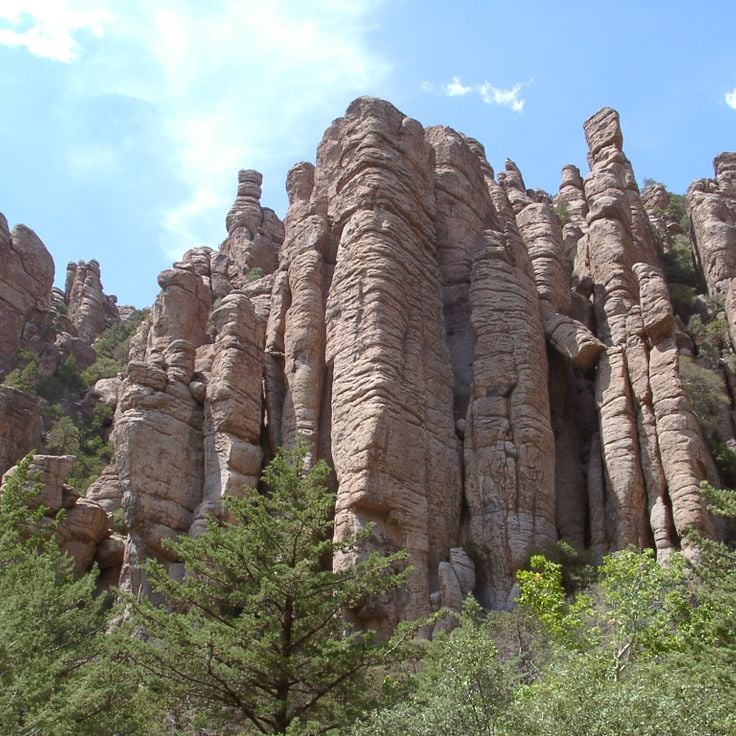
Arizona, USA
This volcanic area contains thousands of stone columns and balanced rocks formed by erosion over millions of years.
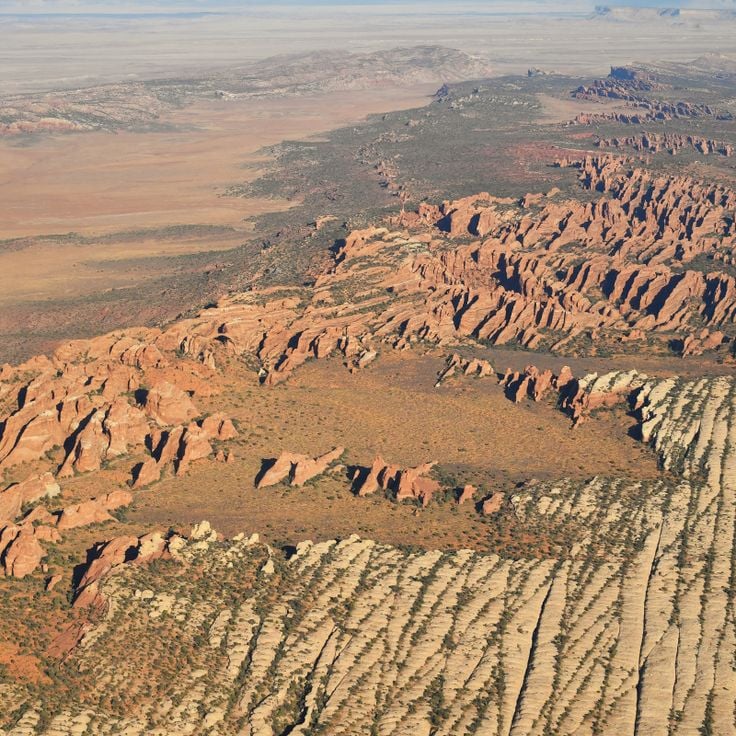
Utah, USA
This natural area in Grand Staircase-Escalante contains numerous sandstone formations shaped by wind and water over time.

New Mexico, USA
The geological formations in this remote area consist of weathered sandstone pillars and unusual rock shapes.
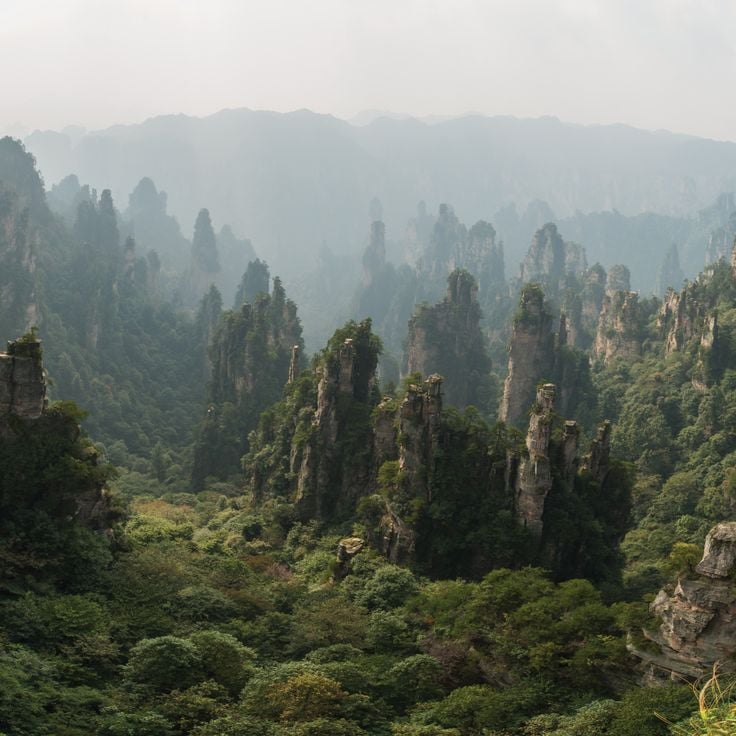
Hunan, China
The park contains more than 3000 sandstone pillars that rise from dense subtropical forest, some reaching heights of 300 meters.
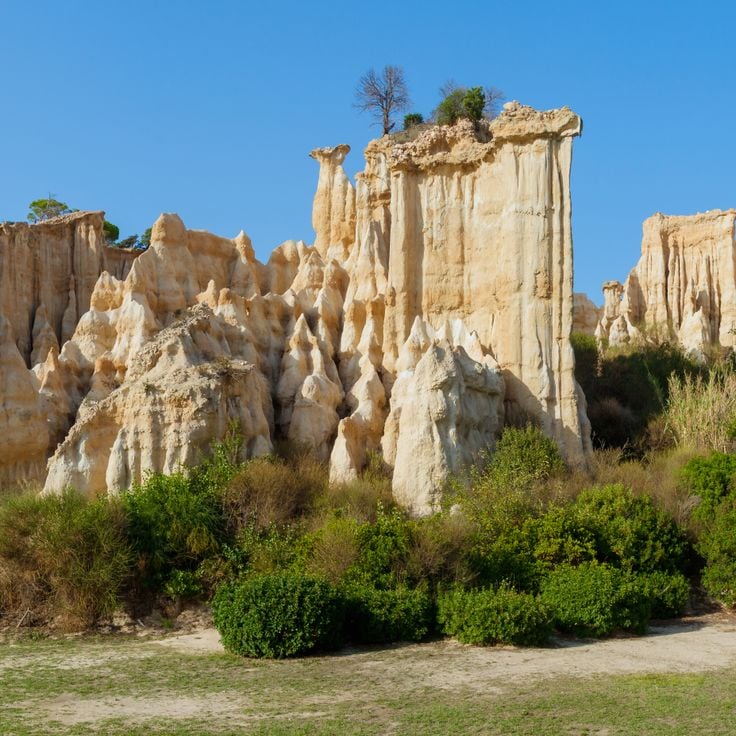
Occitanie, France
Rock formations shaped by erosion rise vertically from the ground, creating high mineral walls in this natural amphitheater.
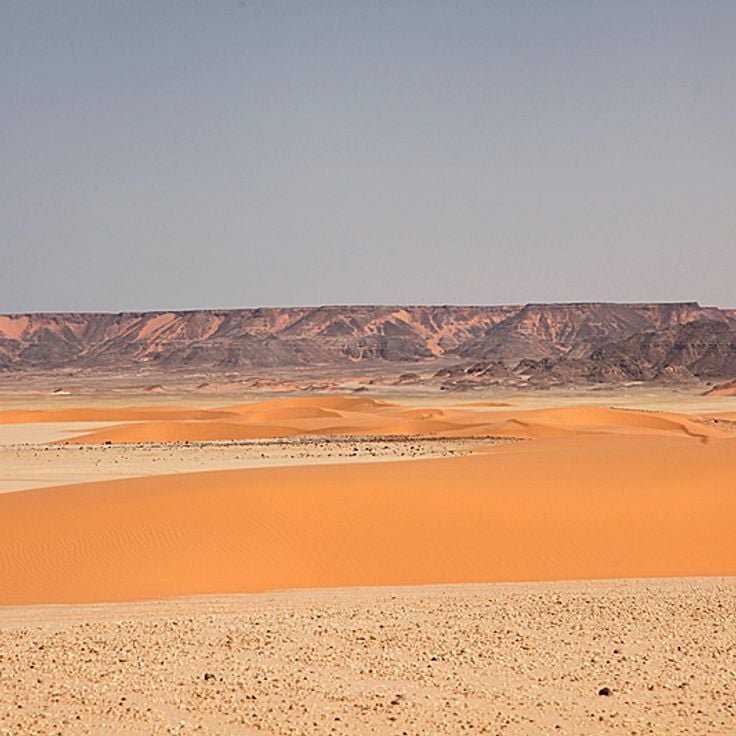
New Valley Governorate, Egypt
Large chalk rock formations stand in this desert plateau, shaped by wind erosion over millions of years.
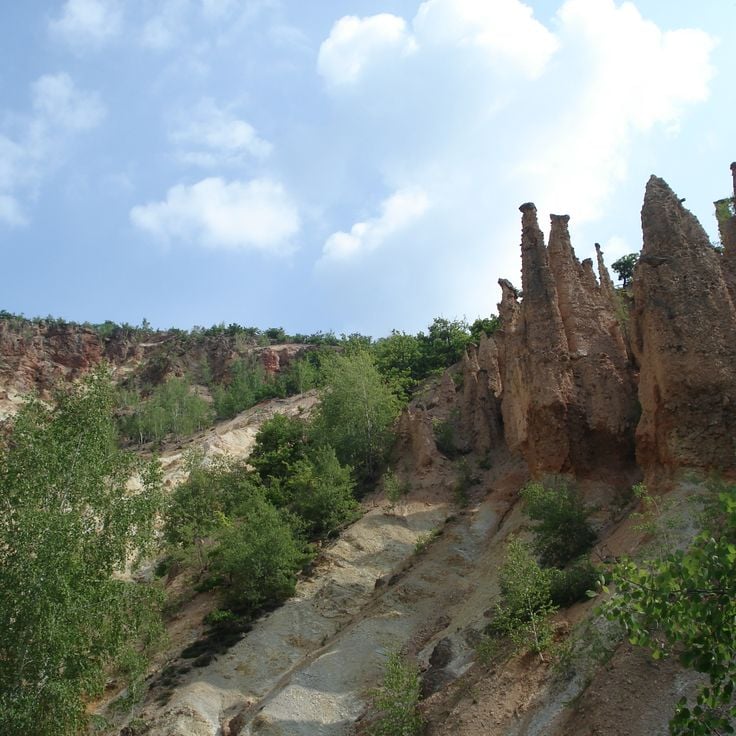
Toplica District, Serbia
Natural stone pyramids topped with andesite blocks stand on this volcanic terrain, created through intense erosion processes.
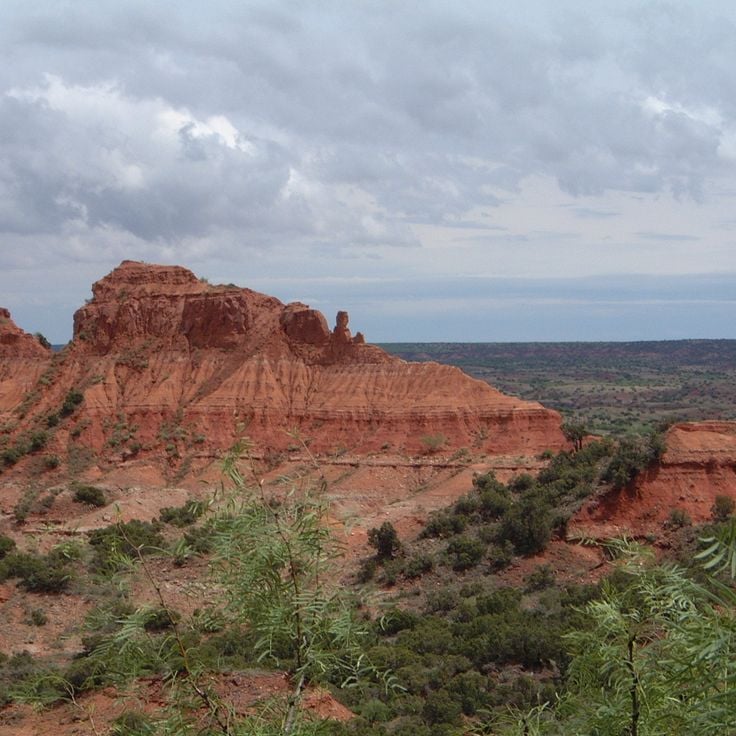
Texas, USA
Red sandstone formations rise from canyon floors across 15,000 acres of protected land in the Texas Panhandle.
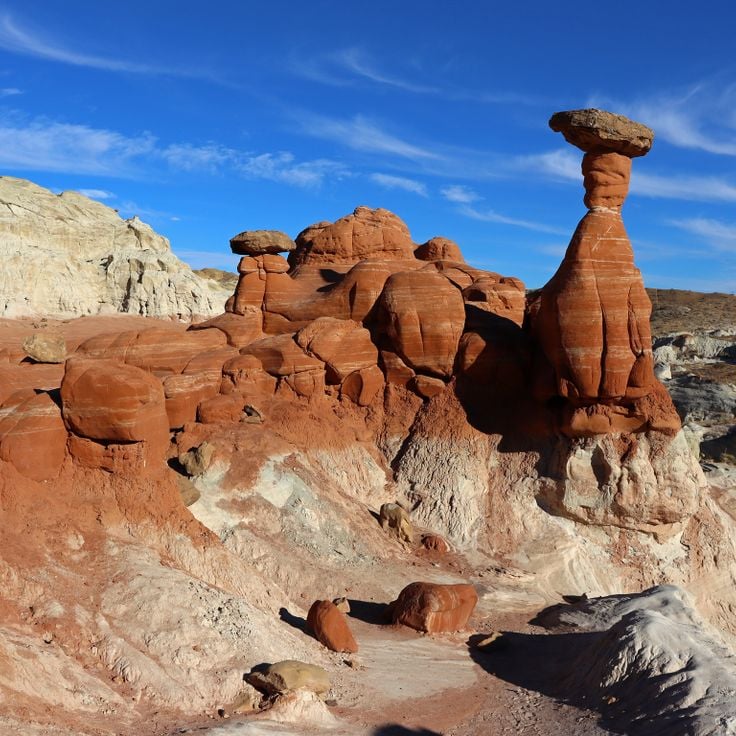
Utah, USA
Red sandstone pedestals support balanced rocks on top, creating natural formations along a 1.5-mile trail in Grand Staircase-Escalante National Monument.
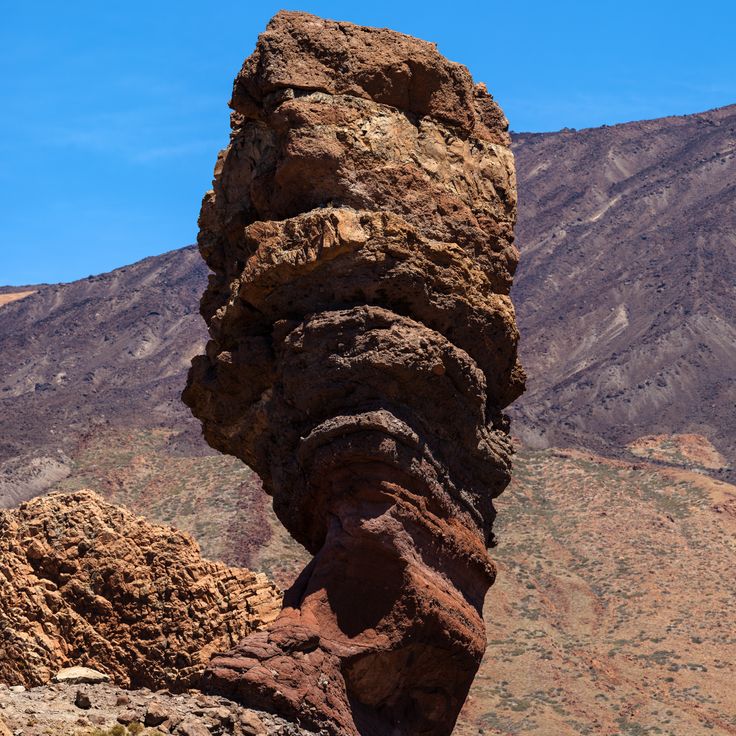
Tenerife, Spain
This 27-meter tall volcanic rock formation stands in Teide National Park, with Mount Teide volcano visible in the background.
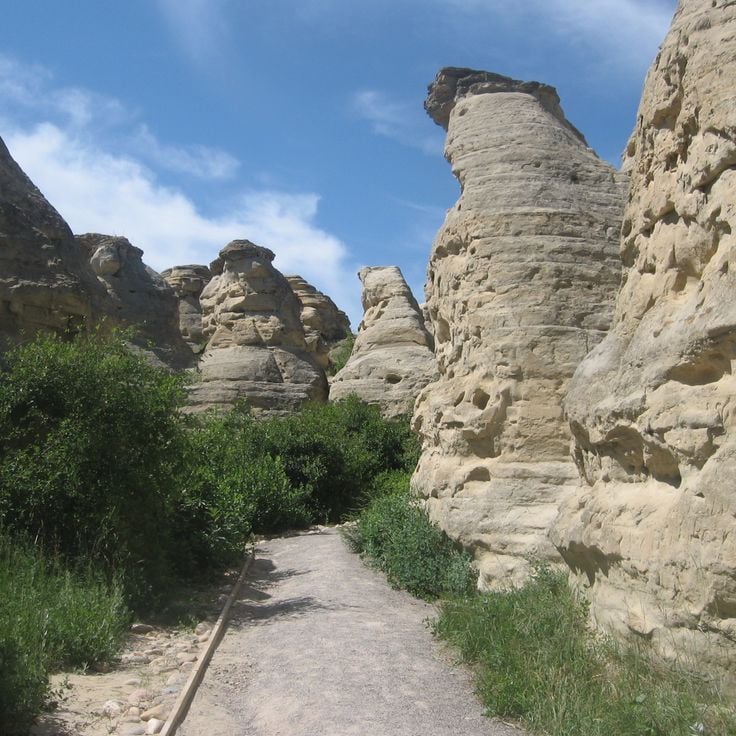
Alberta, Canada
Sandstone rock formations in the Milk River Valley display over 50 rock art sites featuring ancient Blackfoot petroglyphs and pictographs.
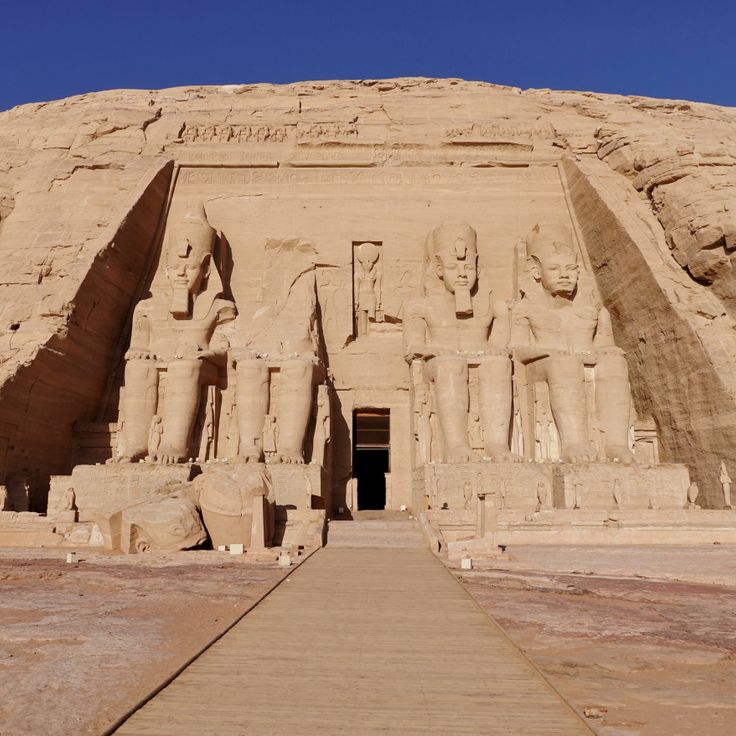
Aswan Governorate, Egypt
Two temples cut into rock faces in the 13th century BCE feature four colossal statues of Ramesses II and stand near Lake Nasser.
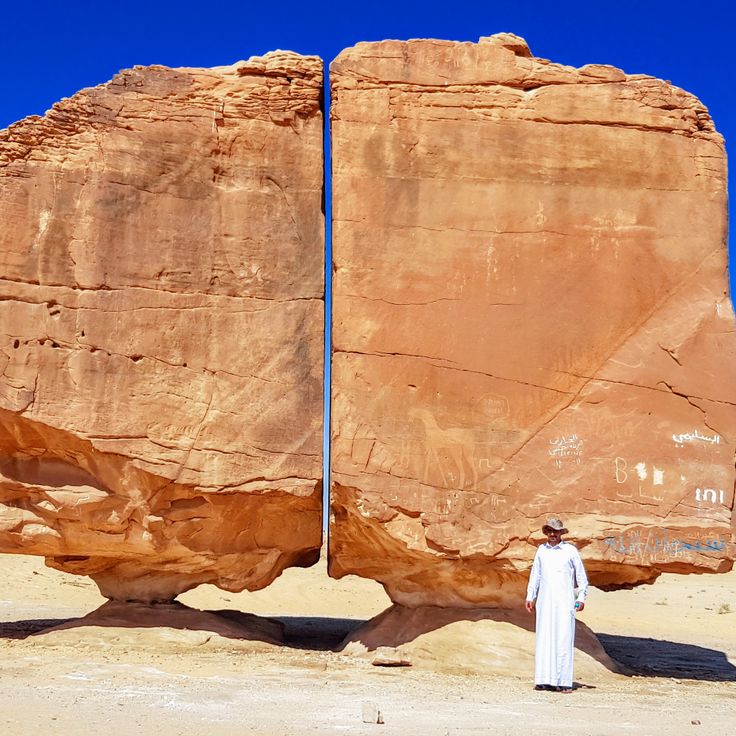
Tayma, Saudi Arabia
The geological formation consists of two balanced stones separated by a precise vertical gap in the middle segment. The cut appears artificial but formed naturally.
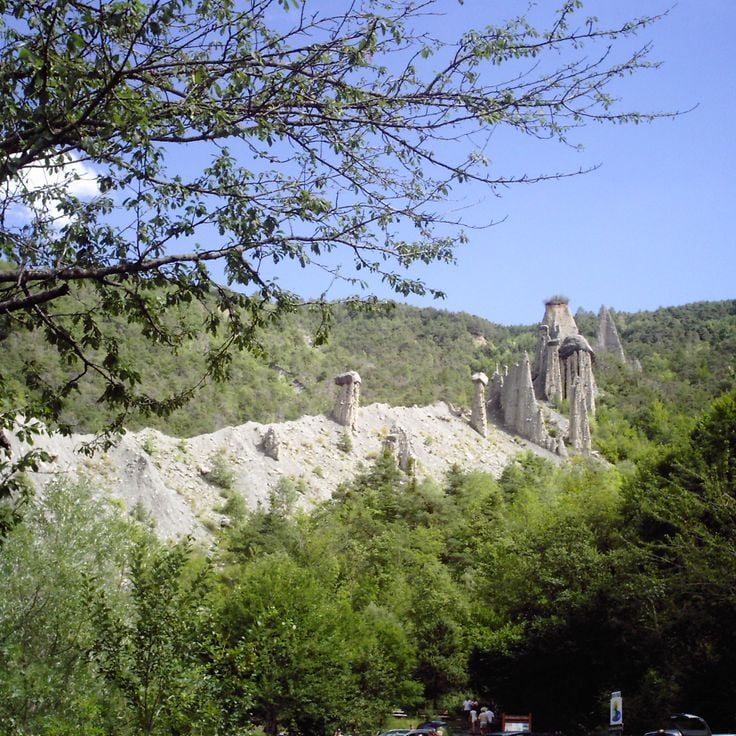
Provence-Alpes-Côte d'Azur, France
These rock columns stand tall with flat stones balanced on top, resembling figures wearing hats. Erosion created these formations over millions of years.
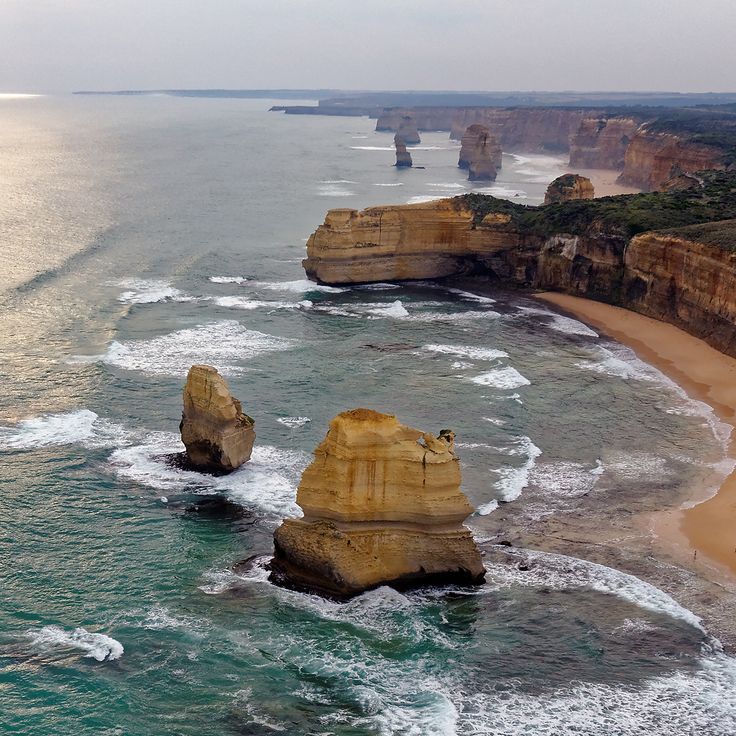
Victoria, Australia
Limestone stacks rise from the Southern Ocean along the Great Ocean Road. Ocean waves and wind created these geological formations through erosion.
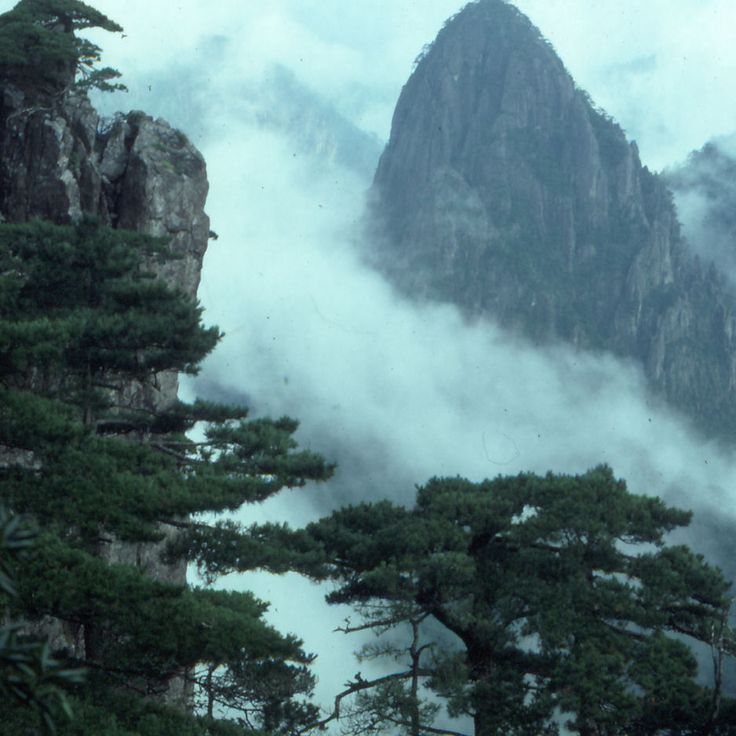
Anhui, China
The mountain range contains tall granite peaks that stand above clouds. Weathering processes shaped these stone formations over geological time periods.
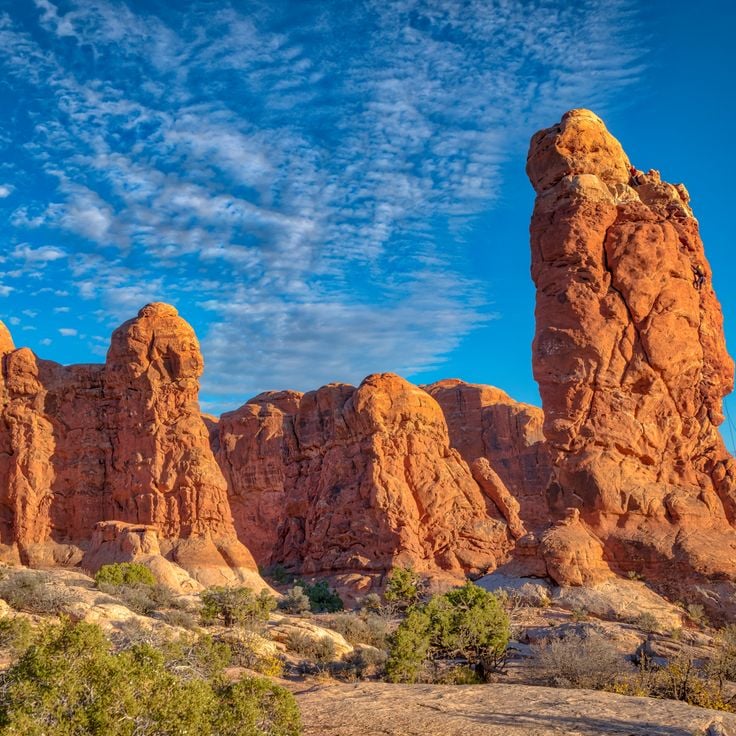
Arches National Park, Utah, USA
This section of Arches National Park contains sandstone columns and spires shaped by erosion over millions of years.
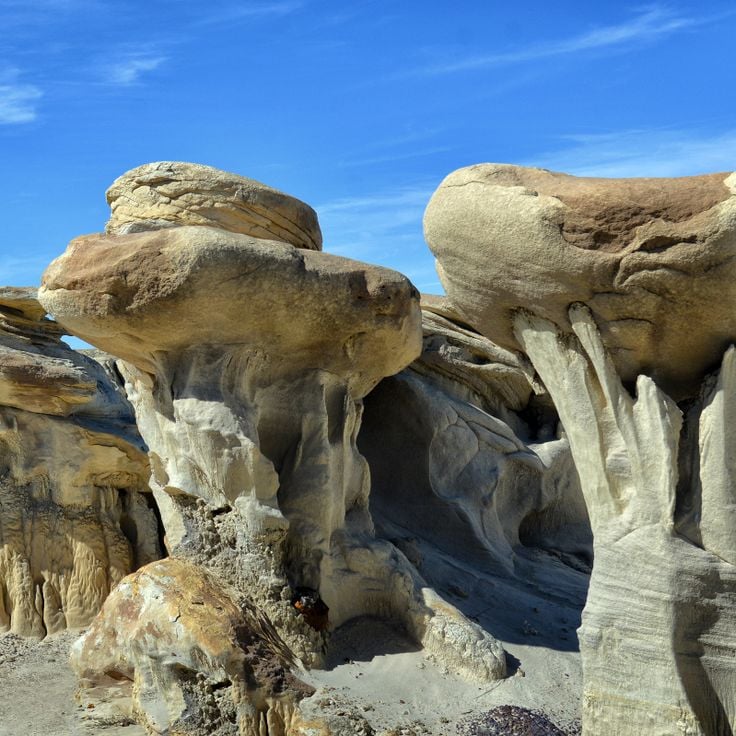
San Juan County, New Mexico, USA
This geological area contains rounded stone formations that resemble eggs, created through differential erosion of sandstone and shale layers.
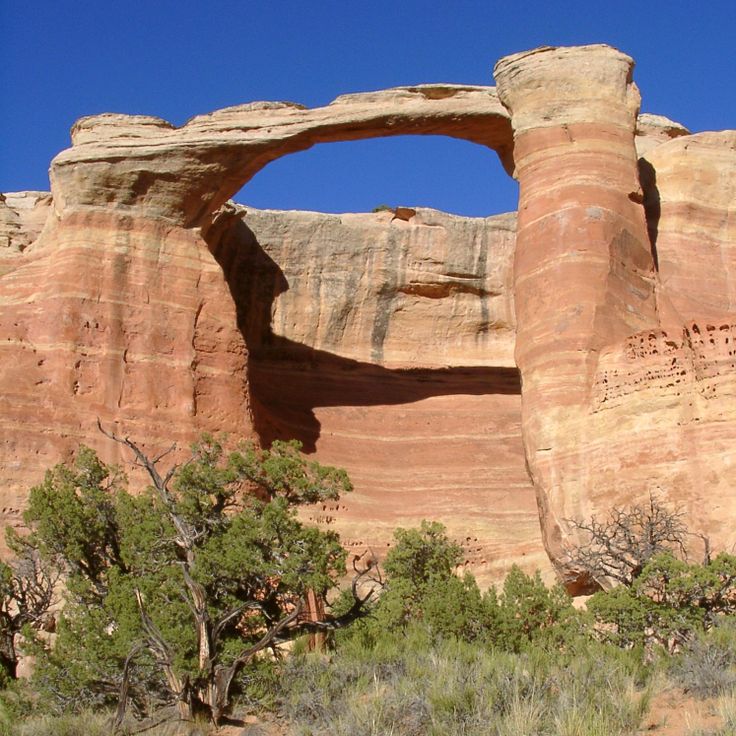
McInnis Canyons, Colorado, USA
This area contains weathered rock formations and the largest concentration of natural stone arches in Colorado, formed by water and wind erosion.
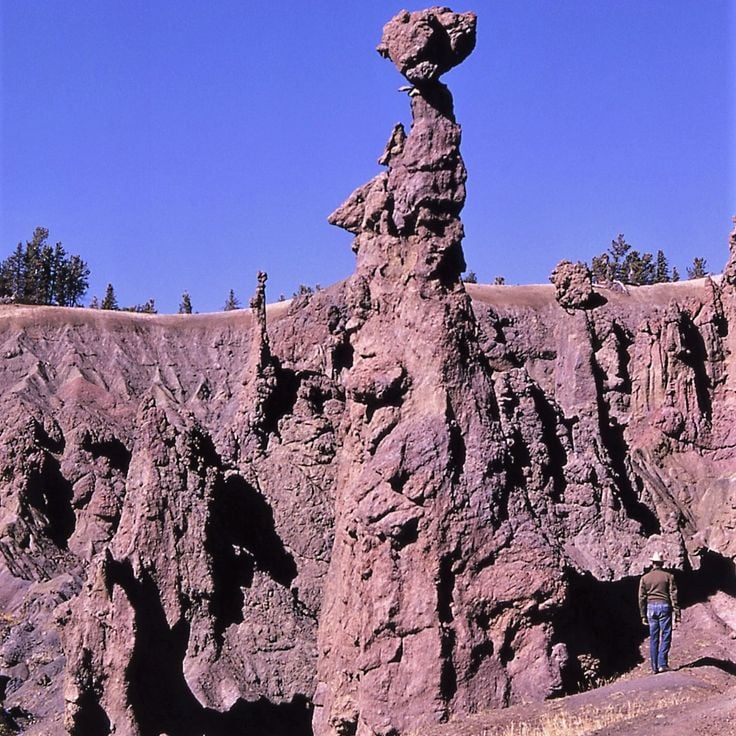
Yellowstone National Park, Wyoming, USA
This geological depression contains multiple stone pillars created by volcanic rock erosion, located in the northern section of Yellowstone National Park.

Harrison, Nebraska, USA
Rock formations shaped by wind and rain over millions of years stand in this grassland area of the High Plains.
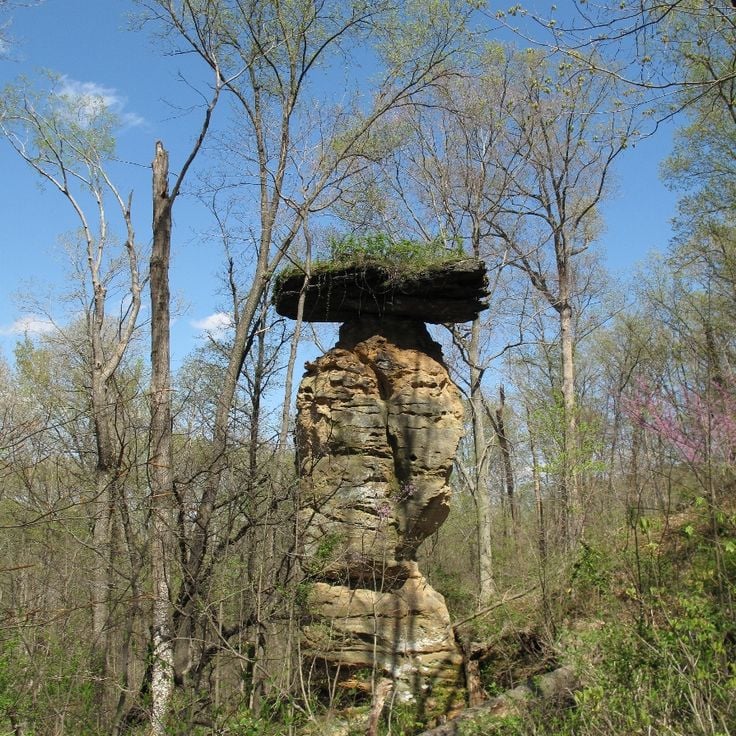
Shoals, Indiana, USA
Natural sandstone formation stands 40 feet tall and resembles a water container with a narrow neck and wide base.
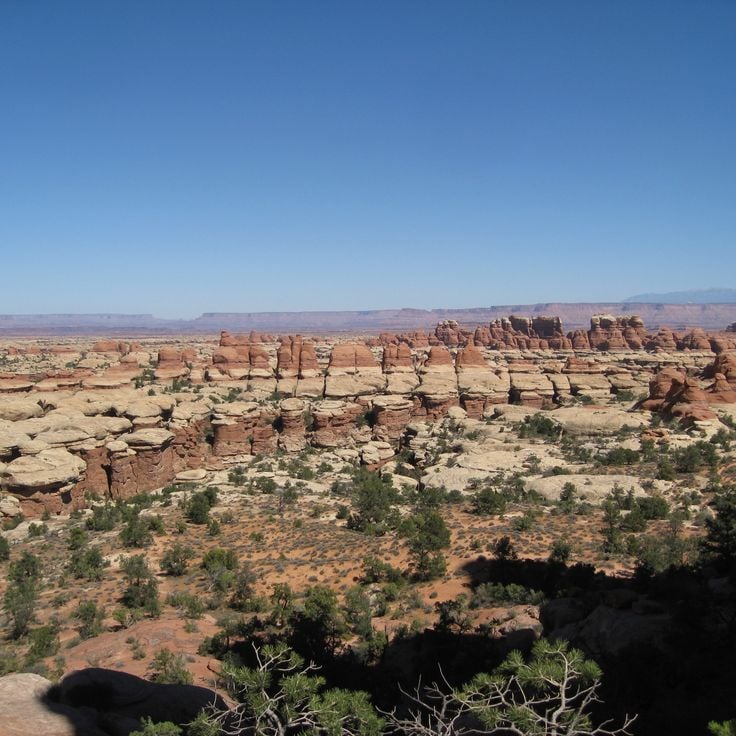
Moab, Utah, USA
Red sandstone spires rise from desert floor creating patterns of rock columns across the southeastern section of the park.
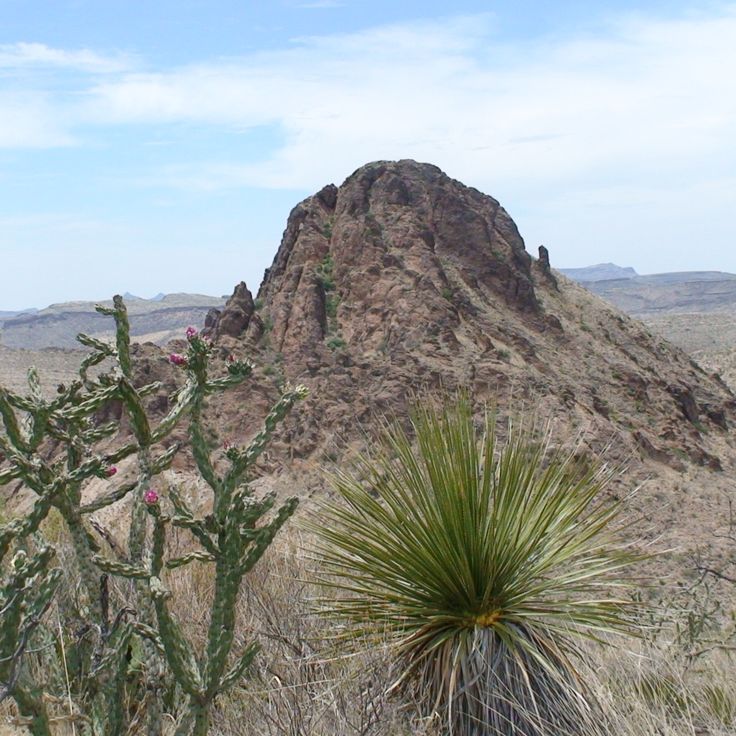
Presidio County, Texas, USA
Desert landscape contains numerous rock formations created by ancient volcanic activity in the Chihuahuan Desert region.
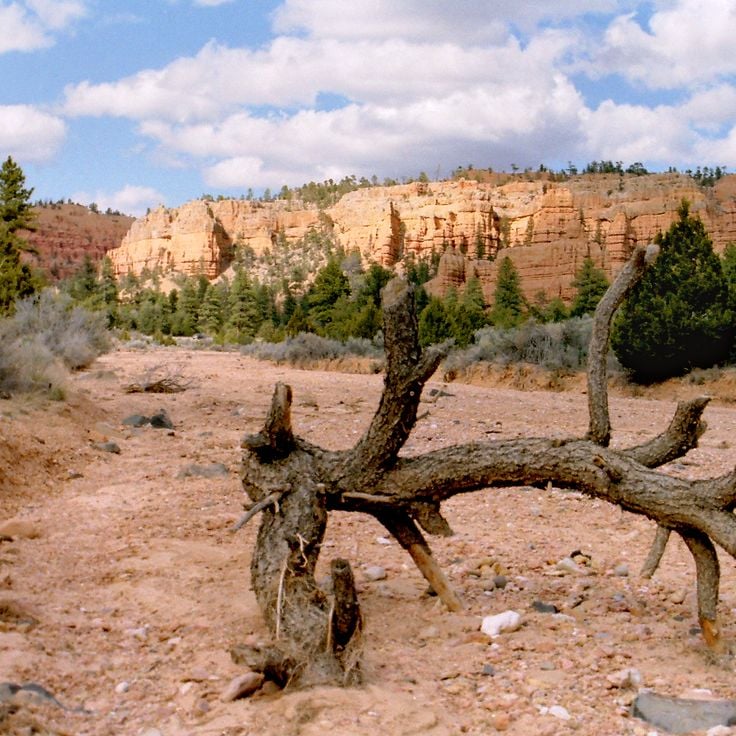
Utah, USA
Rock formations of orange and crimson stone stand near sandstone cliffs, located 5 kilometers from Bryce Canyon National Park.
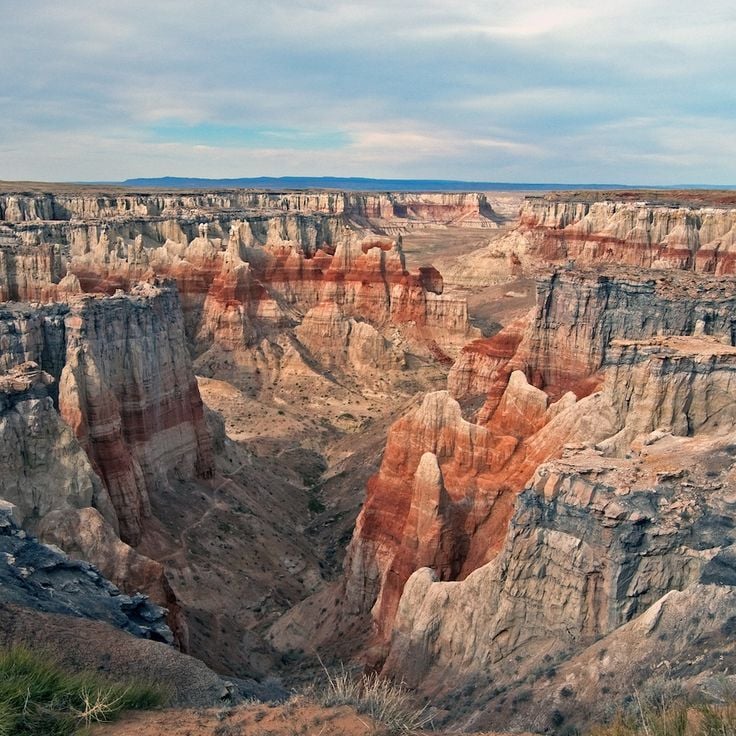
Arizona, USA
Natural sandstone columns rise from desert floor in bands of white, orange and purple, accessible through unpaved roads.
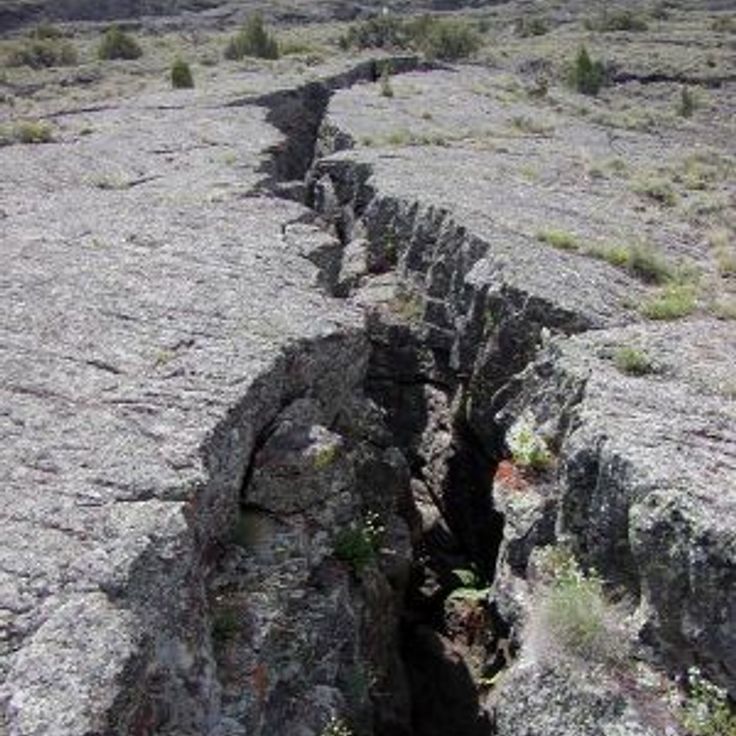
Idaho, USA
Rock formations created by ancient lava flows cover 2000 acres, featuring black basalt spires and natural stone arches.
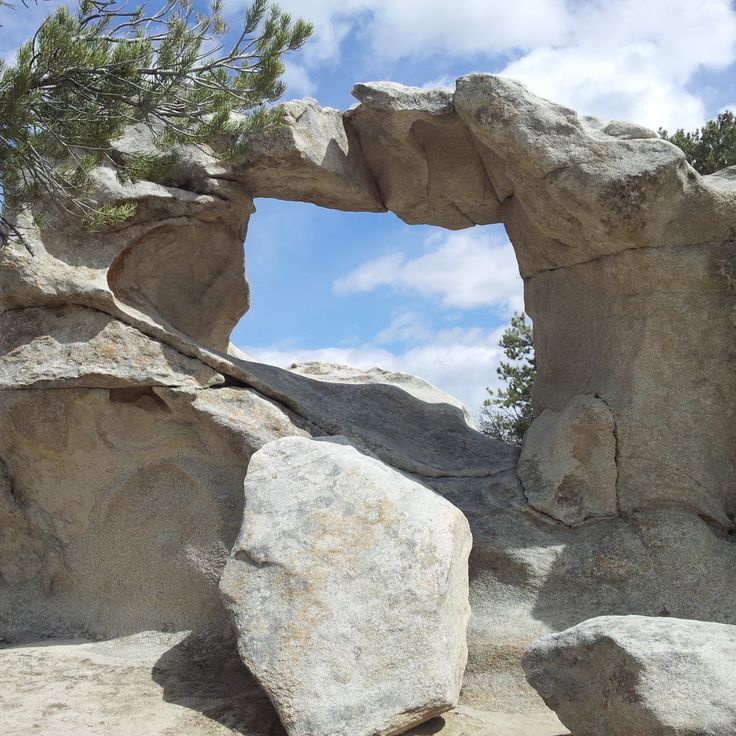
Idaho, USA
Granite spires and monoliths rise 60 meters above the ground, formed through erosion over millions of years.